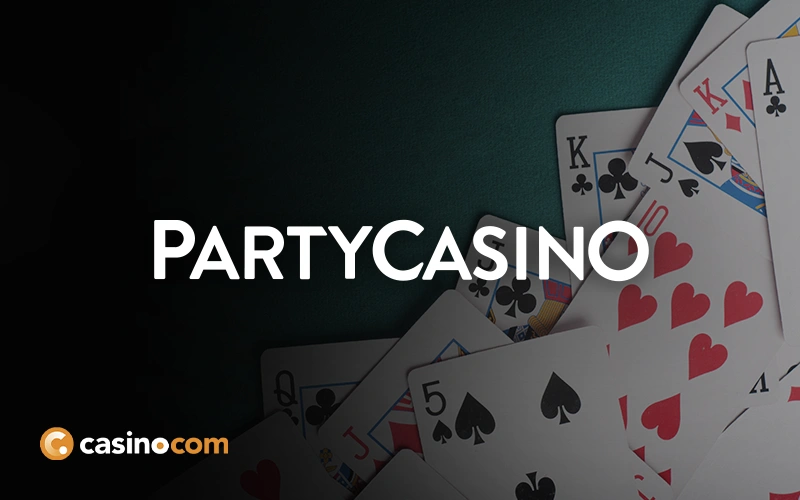In the world of casino games, few tables games evoke as much glamour and excitement as baccarat. The game was a favourite leisurely pursuit of the Napoleonic French elites, before going on to find greater fame in the palatial casinos of Old Havana in the early 20th century.
Today, online baccarat is one of the more popular games available. The classic game continues to uphold its reputation for being an exciting game of luck that oozes old-world charm, perhaps helped along by the appearance of the game in numerous James Bond films.
We spoke to the Wizard of Odds, Michael Shackleford, to find out everything you need to know about the rules of baccarat, along with some advice on the best way to play.

The Layout of the Baccarat Table: How a Round of Baccarat Betting Works
When you play live baccarat, the first thing you will notice is, of course, the baccarat table. There are three main baccarat variants that you will encounter in a live baccarat lounge:
- Mini baccarat
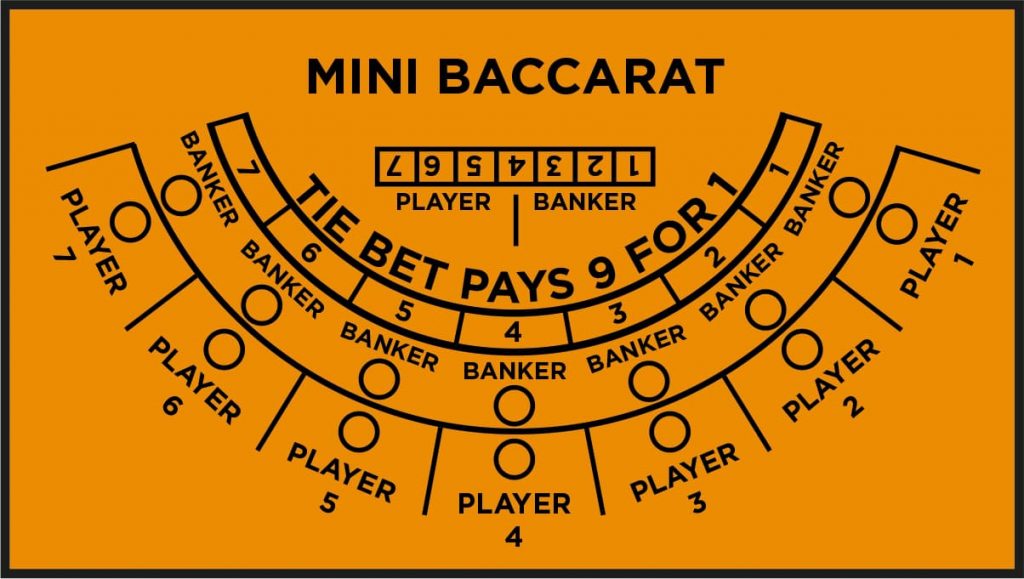
- Midi baccarat
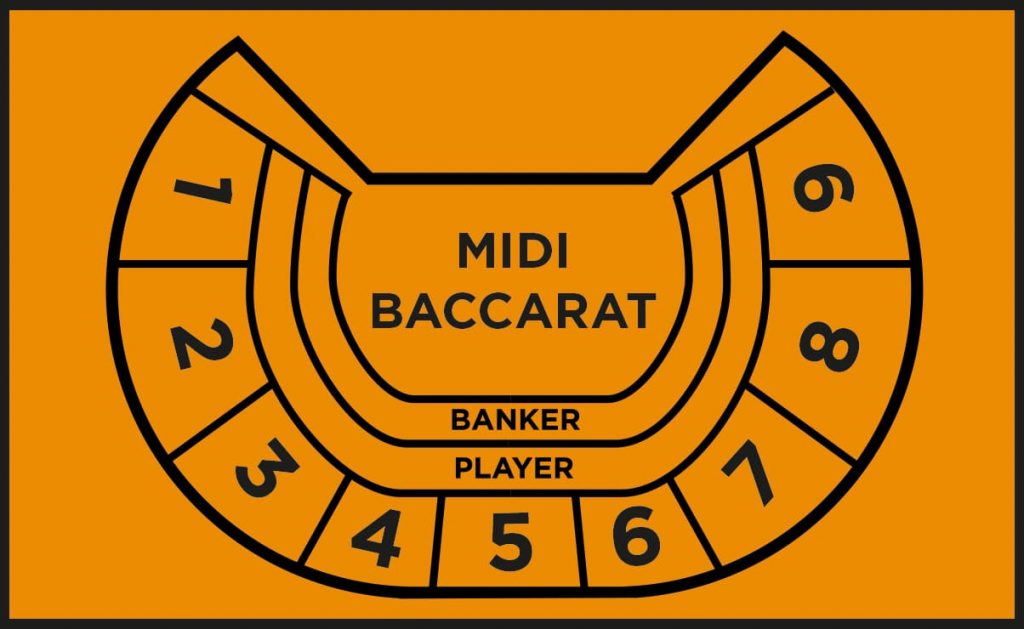
- Big table baccarat
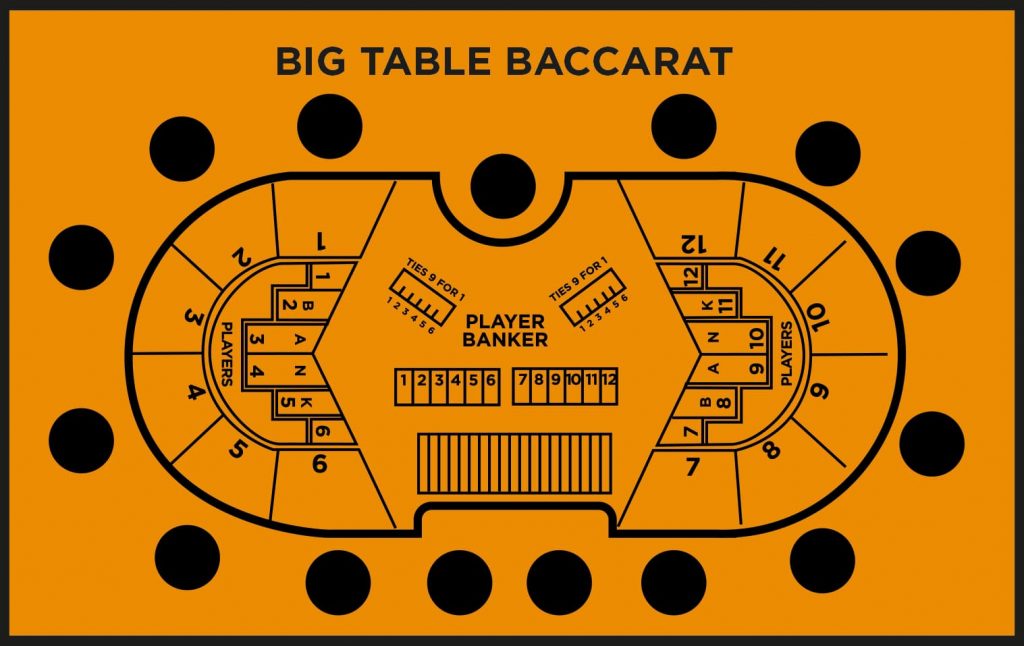
In terms of table layout, the only difference is that the mini table is the smallest, the big table is the largest, and the midi table is halfway in between. The larger the table, the more players and the higher the limits.
In mini baccarat, the cards are dealt by the dealer and shuffled between shoes, as in a game of blackjack dealt from a shoe. In midi baccarat, the player may not just touch the cards, but he may bend and rip them too. A shoe of cards is used only once, so the casino doesn’t mind. After a shoe is completed, the casino throws the cards away and brings out a new pre-shuffled shoe.
Cards are dealt from a shoe consisting of eight decks of cards. Once you sit down, you can make your bet on the Player, Banker, or Tie. Once betting is closed, the banker will deal out two cards to the player and two to the banker, both of which will be face-up.
From here, a win-lose-tie/third card outcome will occur depending on the criteria set out above. The player may choose to bet on multiple outcomes, such as a Player and a Tie in one hand. Once the third card has been dealt on both sides, there should be a clear outcome.
Again, it’s important to remember that one of the appeals of baccarat is that low house edge. On a Banker bet, the house edge is only 1.06%, while the edge on a Player bet is just 1.24% – a fraction of the house edge on games such as roulette. This is what makes this all-time classic card game such a popular choice among high and low rollers alike.
How to Play Baccarat in 5 Easy Steps
1. Players Place their Bets
Choose whether to bet on Player, Banker or a Tie. You can also choose to make side bets based on which cards will appear.
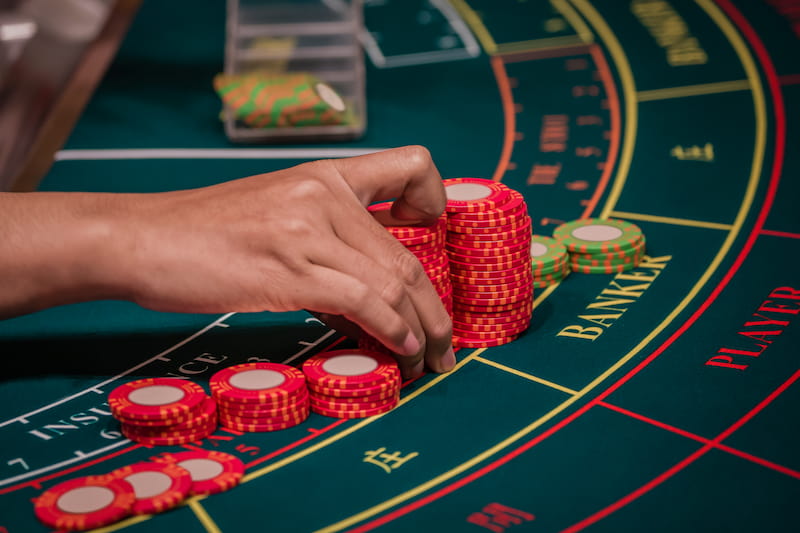
2. Two Hands are Dealt Face-Up
The dealer lays out two cards for the Player hand and two for the Banker hand. All of the cards are face-up and visible to all. Regardless of how many players are at the table, only two hands are dealt and players cannot take any action during gameplay.
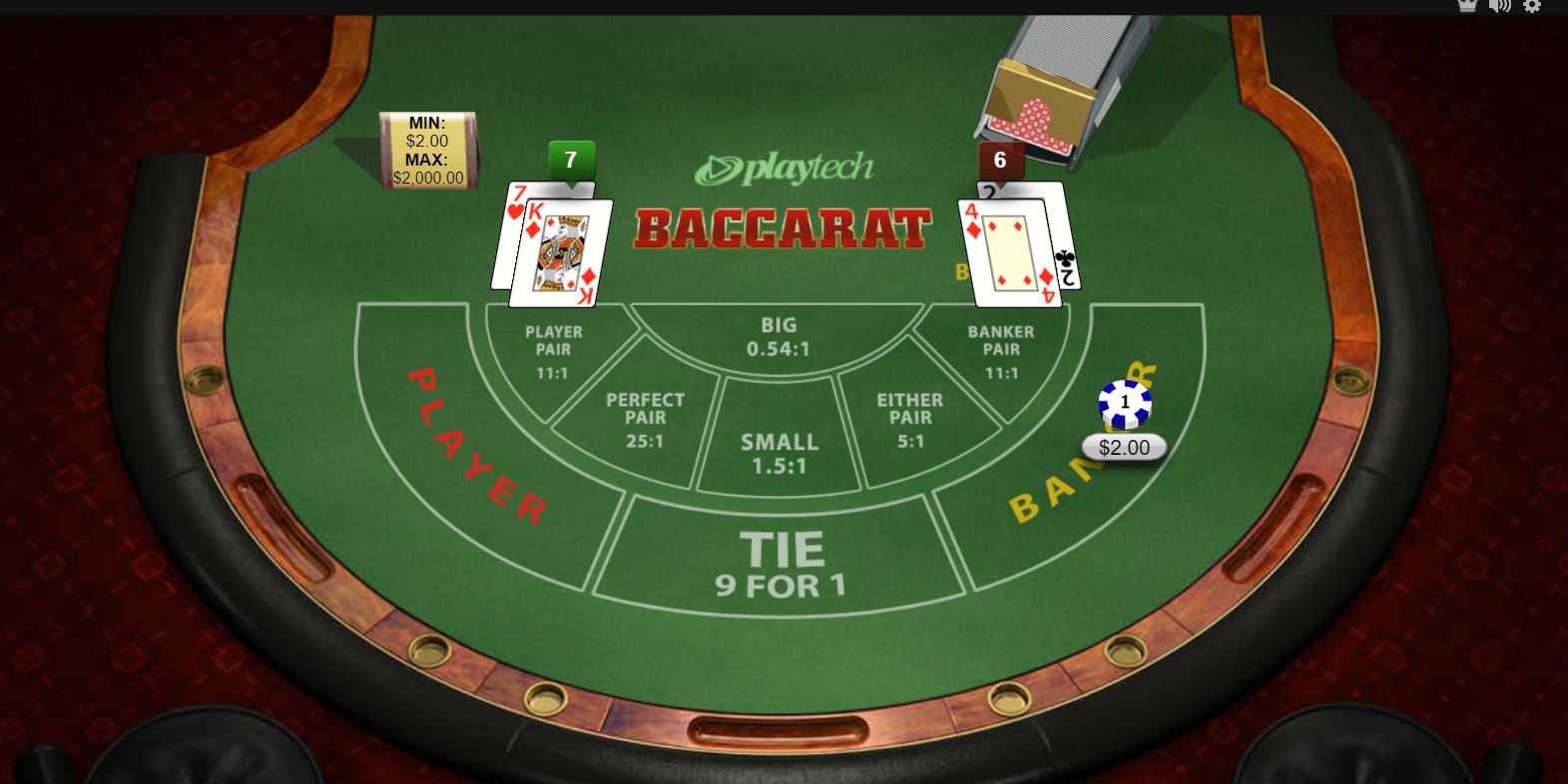
3. If Either Hand Has a Score of 8 or 9 the Game is Over
A score totalling 8 or 9 from the two cards dealt is called a ‘Natural’. If Player or Banker hands are worth 8 or 9 then the game is over as a win for one or the other, or a tie if both have the same score.
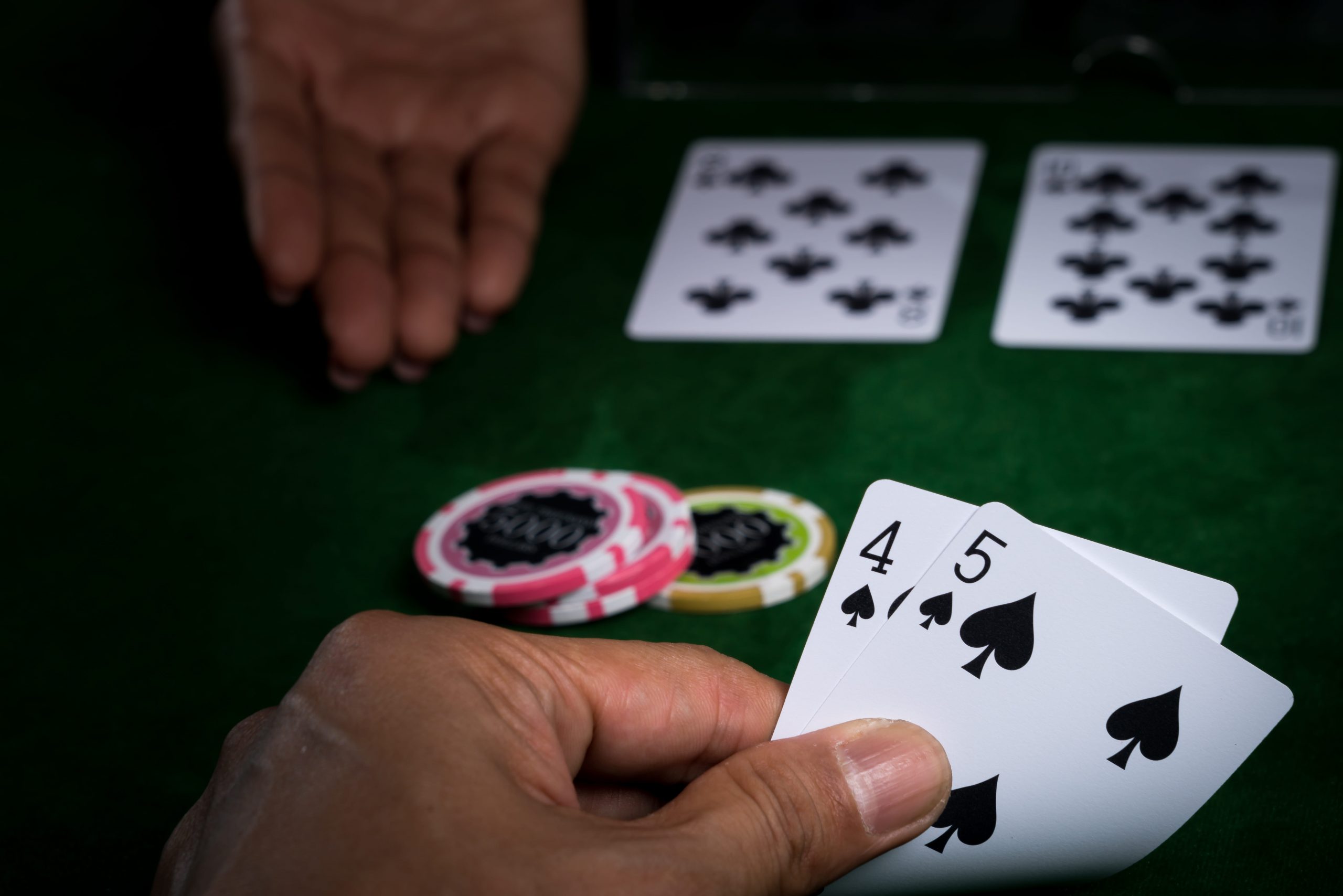
4. Maximum of One Extra Card is Dealt to Each Hand if Required
If a ‘Natural’ was not dealt then the hand continues. The dealer will first give a third card to the Player hand (if the player has 5 or fewer points) and then may deal a third card to the Banker hand depending on the values of both hands.
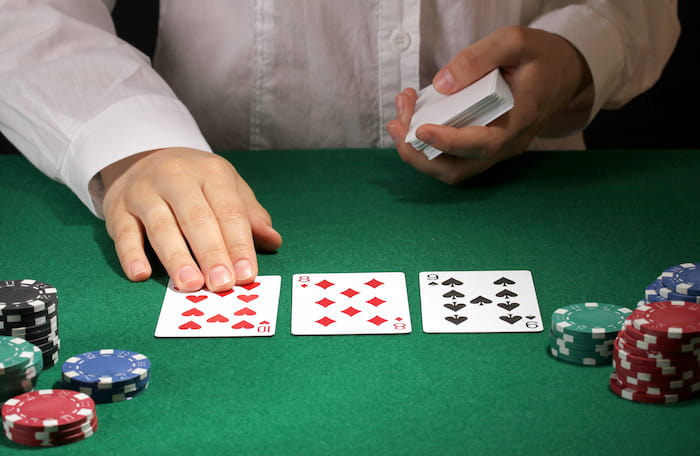
5. Hand Value Closest to 9 is the Winner.
The winning hand is the one with a score closest to 9. If a player picked the correct outcome then winnings are paid out at 1:1 for a Player win, 1:1 less 5% for a Banker win and 16:1 for a Tie. Side bet odds vary from 1:1 to 200:1 depending on the bet.
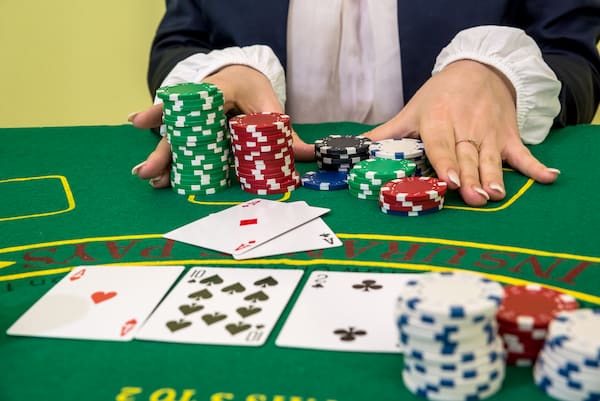
Let’s continue with our guide by taking a more in-depth look at baccarat gameplay and best practice:
The Different Bets: Player, Banker, Tie
The most important thing to remember before you play is that there are three main bets that you can make in a game of baccarat: Player, Banker, and Tie. This might seem confusing at first, since the player (you) and the banker (the house), are also the two participants in any game of baccarat.
“Baccarat is like betting on the toss of a coin,” Michael Shackleford says, “with the Banker and the Player being the two sides of the coin. But there can also be a tie. Imagine the coin landing on its edge – that is a tie.”
This distinction is important to remember because, unlike the similar card game blackjack, baccarat allows you to go head-to-head with the house by betting on either a win for them (the banker) or a win for the player.
The goal is for you to bet whose hand will reach a total closest to 9 (much like 21 is the magic number in blackjack). To this end, you can wager on whether the player’s hand will come closest, the banker’s hand will come closest, or the result will be a tie.
On top of this, there are a number of additional wagers that might come up in a game of baccarat. Most common of these are the “Player Pair” and “Banker Pair” bets, in which you wager on one party having a pair in their hand.
For example, if you wager on a Banker Pair and the first two cards the banker receives are two jacks, then you have won the round with payout odds of 11 to 1. Just to recap, the most important bets in any game of baccarat are:
| Player | Player wins with a total closest to 9 |
| Banker | Banker wins with a total closest to 9 |
| Tie | Result is a draw between Player and Banker’s hands |
“I’d recommend sticking to the Banker and the Player only,” Michael Shackleford says, “preferably the Banker but I’m not going to give you the finger-wagging of shame if you bet the Player. Bet either way you want, but trying to follow trends is not helpful. The same can be said of betting systems: there’s all kinds of different ways players have of looking for trends and then betting big into them. It’s a waste of time: just play however it makes it fun for you.”
Baccarat Hands Rankings
The most important thing to remember is that, unlike in blackjack, the cards you are subsequently dealt are based on your current hand. You do not have the option to “stick” or “hit” for your next card, as you will be dealt a card if your initial hand falls below a 6 or above a 10.
“There is no free will in baccarat anymore,” Michael Shackleford says. “There are set rules that dictate whether each hand takes a third card. In chemin de fer, which is what James Bond famously played, players had some free will, but around the 1980’s this game turned into the faster version that we see today.”
This means that baccarat truly is a game of pure luck and that you have no decisions to make once your hand has been dealt and your bet has been placed. It is also worth noting that, if your first hand is above 10 (say, a 9 and a 6 = 15), then the first digit of your total is dropped to give you the true value of the hand (15 = 5).
With that in mind, let’s break down the all-important baccarat card values.
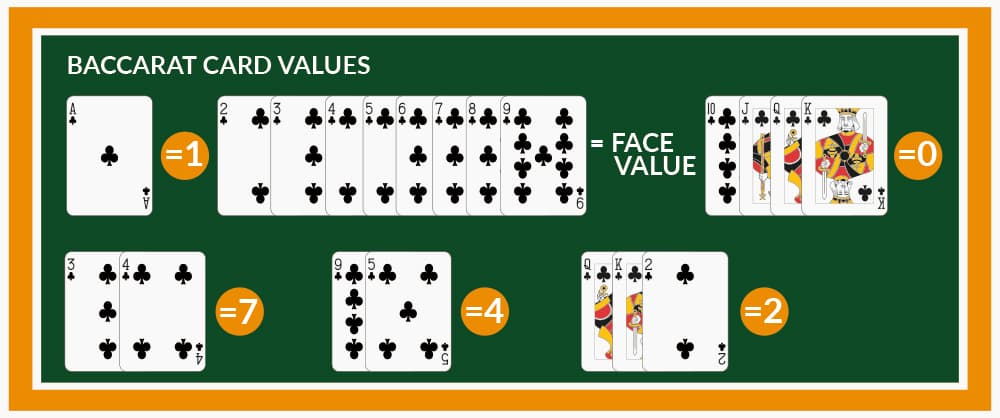
- Aces: 1 point
- 2s, 3s, 4s, 5s, 6s, 7s, 8s, 9s: face value
- 10s: 0 points
- Queens, Jacks, Kings: 0 points
With these rules, the true value of your hand is always going to value between 0 and 9 points. The “double-digit” rule described above also applies to your third card. Simply leave the terminal digit to see the actual value of your hand (i.e. 9 + 6 + 3 (18) = 8).
Third Card Rules for the Player and the Banker
So, we now know how the initial hand works in baccarat. But what are the other rules of baccarat that apply from this point onwards? If the initial hand of any party is worth an 8 or a 9, then no more cards are drawn and a banker, player, or tie outcome can be declared for that round. If this does not occur, then a third card will be dealt.
If the player has five or fewer points, then the player’s hand will draw a third card. The third card is always dealt face up. However, the rules of the banker are different. If the player does not draw a third card, then the same rules broadly apply. The banker will draw a card if he has 5 or fewer points, or they can stand on a 6 or 7 hand.
But if the player does draw a third card, then the following rules for the banker apply:
- Banker score 0, 1, or 2: draw a third card
- Banker score 3: draw a third card, unless the player’s third card is an 8
- Banker score 4: draw a third card only if the player’s third card is 2-7
- Banker score 5: draw a third card only if the player’s third card is 4-7
- Banker score 6: draw a third card only if the player’s third card is 6 or 7
- Banker score 7: stand pat
But don’t worry about remembering all these rules, as Michael Shackleford explains: “You don’t have to memorise those rules to play the game. The dealer has those rules memorised and will follow them when dealing third cards. Those rules are the same in all three types of baccarat that we’ve talked about.”
Other Drawing Rules
These are the essential rules of baccarat, but there are some other drawing rules to keep in mind before you make your first wager. For one, you cannot under any circumstances change your bet once the hand is dealt. While games like blackjack might allow you to make a double bet, baccarat rules insist that, once the game has started, there is nothing more for you to do.
The player will always draw the third card first, after which it will become clear whether or not the banker must draw a third card, based on the criteria outlined above. Of course, you can make any number of side bets before the cards are dealt, although Michael Shackleford advises against it.
“My website lists 27 different baccarat side bets,” he says. “No table is going to have all 27, but they would usually have one or two. And they will be right there in plain view ready to make – there will probably be a sign explaining the rules of that side bet. But I recommend avoiding them, as side bets in any game, including baccarat, are generally sucker bets.”

Did you know?
The rules of baccarat are relatively simple, but that didn’t stop Chris Tucker thinking he had won with a hand consisting of three kings in a Parisian casino in the film Rush Hour 3. The value of his cards was actually zero according to the baccarat rules, which is the worst possible score.

Previous: History of Baccarat
Next: Baccarat Card Values





